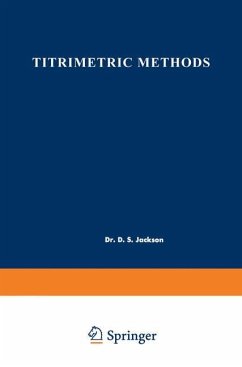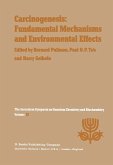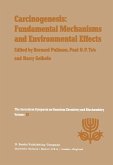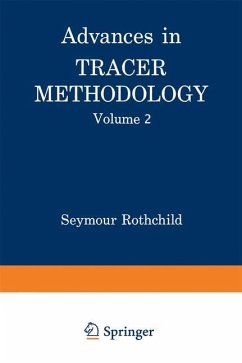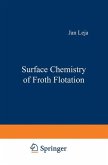An analysis was needed which would indicate the purity and acid content of maleic anhydride. Small amounts of acid can affect the copolymerization behavior of the anhydride [1] and may cause rearrangement and polymerization of the diene component in Diels-Alder reactions [2]. Standardized solutions of tertiary amines such as tripropylamine and N-ethylpiperidine have been used by Siggia and Floramo [ 1] to titrate maleic and phthalic acids in their anhydrides. This method is rather specific for maleic acid since the acids which might be included in the determination are those with dissociation constants 3 of 10- , or greater, in water. This would not include 5 acids such as succinic (dissociation constant, 7 · 10- ) 4 or fumaric (9.3 · 10- ). Anhydrides have been determined in the presence of their acids by reaction with excess aniline and deter mination of the excess [3]. The acid content is then found by difference in anhydride and total acidity by hydrolysis. Mixtures of anhydride and acid have been determined by difference using either sodium methylate in methanol to titrate the free acid plus one equivalent per mole of the anhydride and sodium hydroxide [4], or trimethyl benzylammonium hydroxide [5] in the presence of water to titrate the free acid plus two equivalents per mole of the anhydride. The determination of free acid by the difference in the two titrations yields poor results for samples of low acid content.
Bitte wählen Sie Ihr Anliegen aus.
Rechnungen
Retourenschein anfordern
Bestellstatus
Storno

